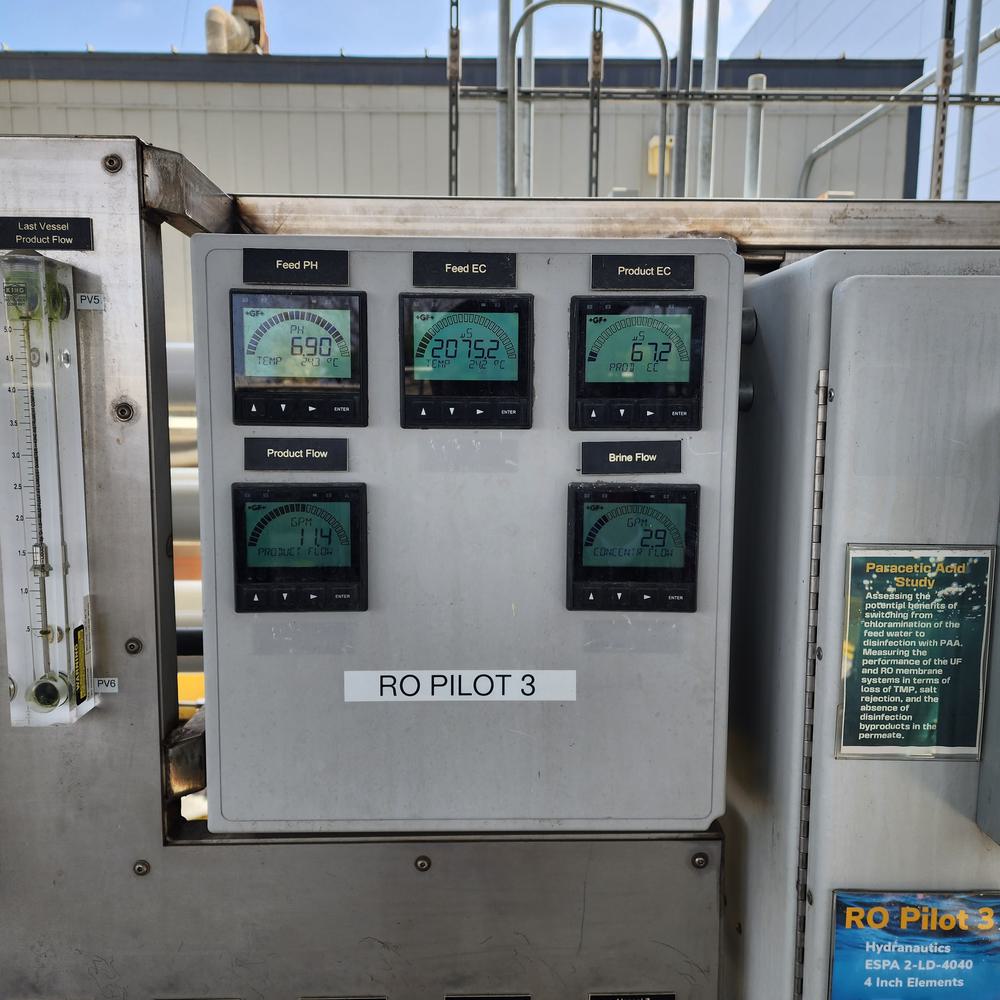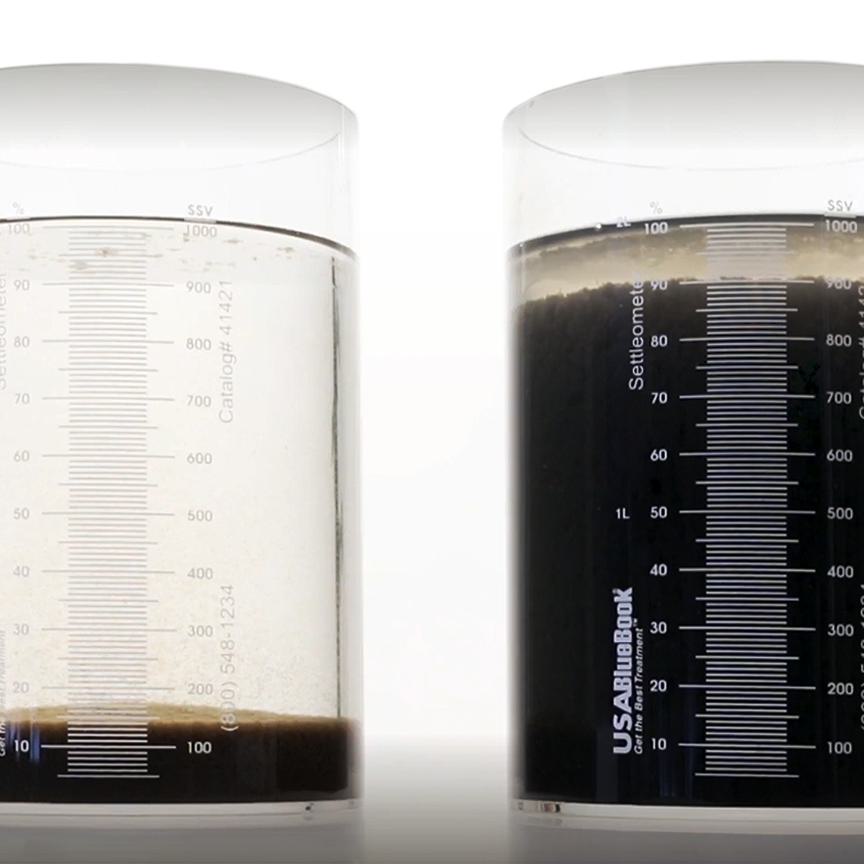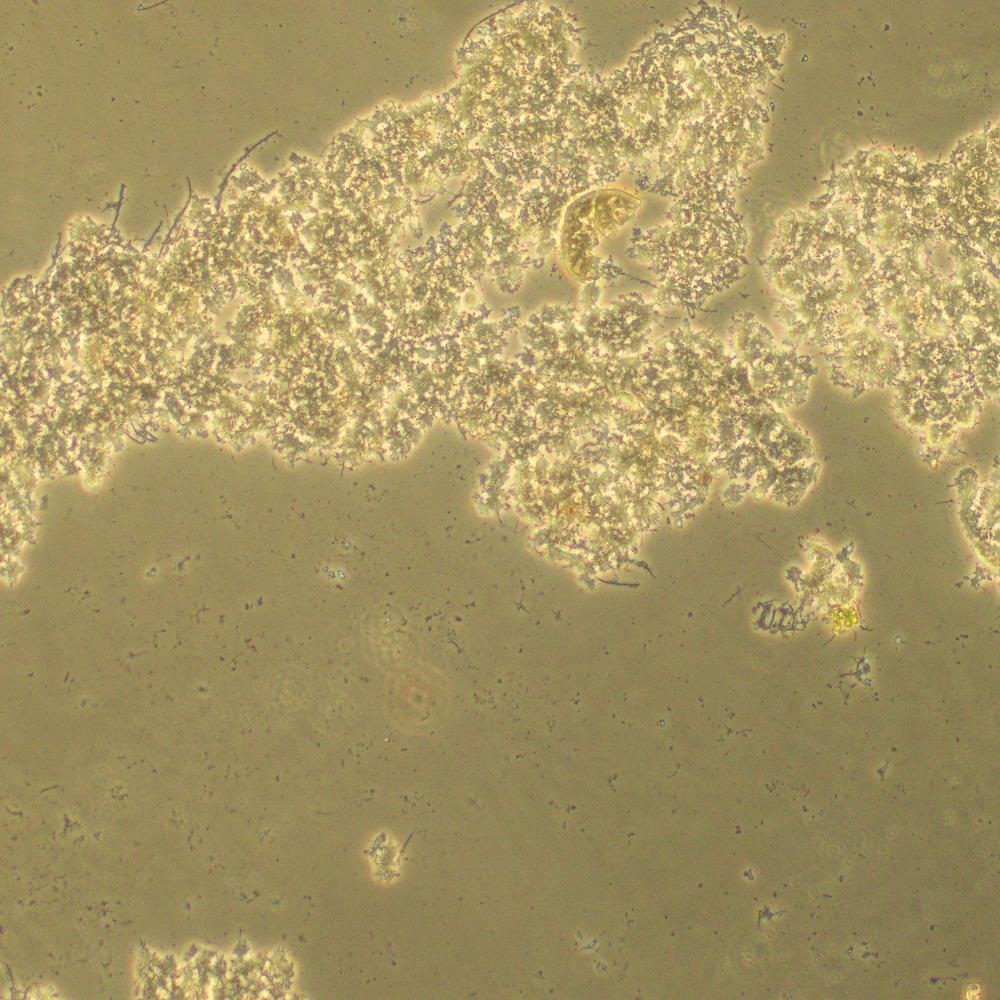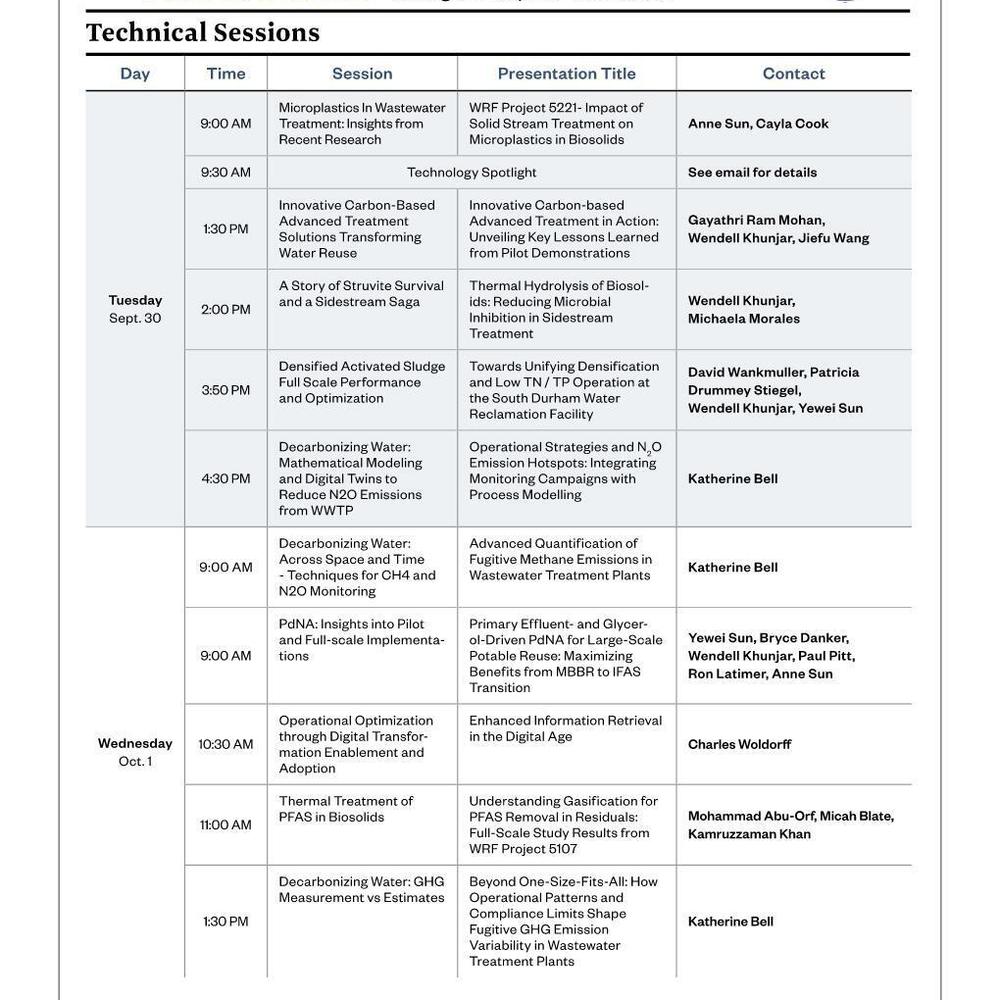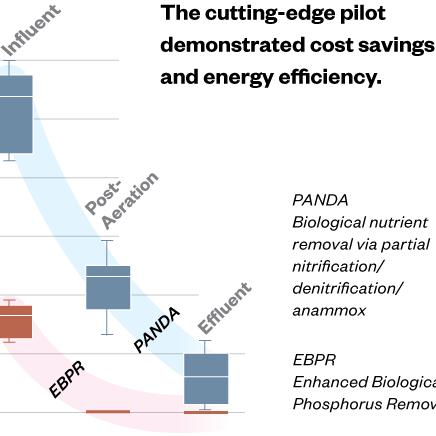UCONN Wastewater Reuse Project
In anticipation of increasing potable water needs on its campus due to a growing population, and faced with a lack of additional water supplies in the area, the University of Connecticut selected Hazen and Sawyer to implement a long-term, sustainable program that reuses appropriately-treated effluent from its wastewater treatment plant for non-potable purposes.
One of the driving factors behind this project was the limited capacity of UCONN water sources. The UCONN system has two permitted groundwater sources: the Fenton and Willimantic River wellfields. In September 2005, a portion of the Fenton River ran dry – an event attributed to elevated water withdrawals necessary to meet the seasonal peak demand during drought conditions.
While such an event has not since been repeated, the potential for recurrence prompted UCONN to implement several restoration and conservation measures. UCONN also found it necessary to identify other sources of water to consistently meet demands and preserve natural resources. The University’s focus on sustainability led to the decision to implement a reuse program.
Prior to this project, only one wastewater reclamation permit had been issued by CT-DEP. The UCONN project thus set an important precedent in terms of establishing regulatory guidelines for the growing reuse practice. Hazen and Sawyer drew upon its extensive reuse experience in Florida, coupled with its work helping New Jersey develop reuse regulations for a reclaimed wastewater initiative, to provide UCONN with the knowledge and resources to apply an established regulatory framework to Connecticut. This, coupled with our expertise in analyzing technologies to meet stringent water quality parameters, helped ensure regulatory acceptance of the UCONN project, opening doors for future reuse programs in the Northeast.
Following initial evaluations of water supply and demand, Hazen and Sawyer developed and evaluated several cutting-edge treatment process alternatives to determine the most efficient, practicable, and sustainable solution for UCONN.
Related Topics:
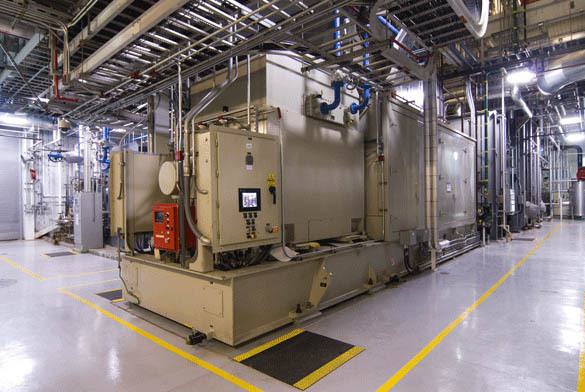
After evaluating three alternatives, we recommended the most advantageous option for treating effluent from the wastewater treatment facility, sized to produce up to 1 mgd of reclaimed water. The selected alternative utilizes microfiltration (MF) to treat wastewater effluent before its use as boiler feedwater and makeup for cooling towers and chillers. Treated (“reclaimed”) water from the MF system is then sent to an upgraded, existing Reverse Osmosis system for use as feedwater for the Centralized Utilities Plant (CUP) boilers. RO treatment is not needed for the makeup water for the cooling tower and chilled water systems – water from the MF system can be used directly in these facilities. Reclaimed water from the new MF treatment system will also be used for irrigation on campus.
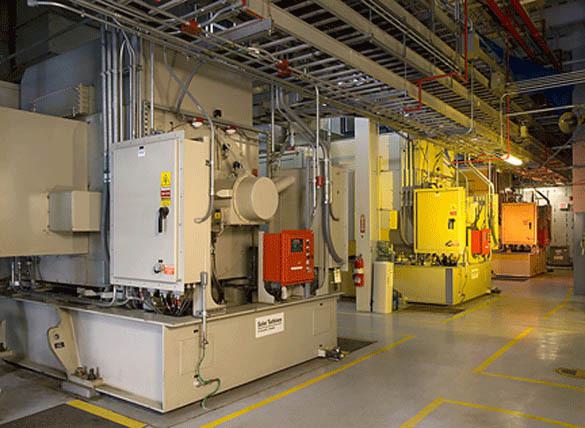
For disinfection, both ultraviolet (UV) light and liquid sodium hypochlorite were considered. While both methods would meet the required disinfection goals, UV was found to be more cost-effective, and was thus selected as the preferred option. However, the water entering into the new reclaimed water storage tank requires a chlorine residual to prevent bacterial regrowth. A small dose of sodium hypochlorite will be used as a secondary disinfectant to maintain the required residual.

Project Outcomes and Benefits
- UCONN’s reuse program will be instrumental in easing the demands placed on the Fenton supply, thus conserving a vital water resource.
- This project will facilitate a reduction in UCONN’s wastewater discharge to the Willimantic River, further preserving the quality of this valuable resource.
- UCONN’s reclaimed water facility is tangible proof of its commitment to implementing sustainable solutions on campus, also providing a real-world educational facility to teach students and faculty about water reclamation and environmental sustainability.
- With the success of this program, reuse became a more common and better-understood practice in the northeastern US, and it greatly advanced the establishment of regulatory water quality standards.

